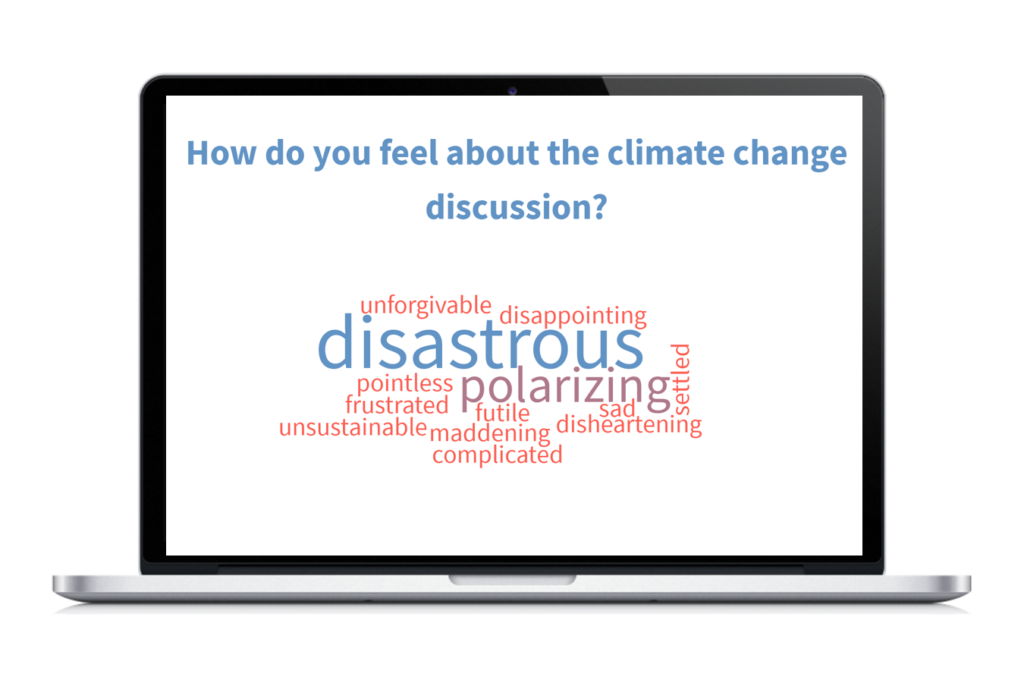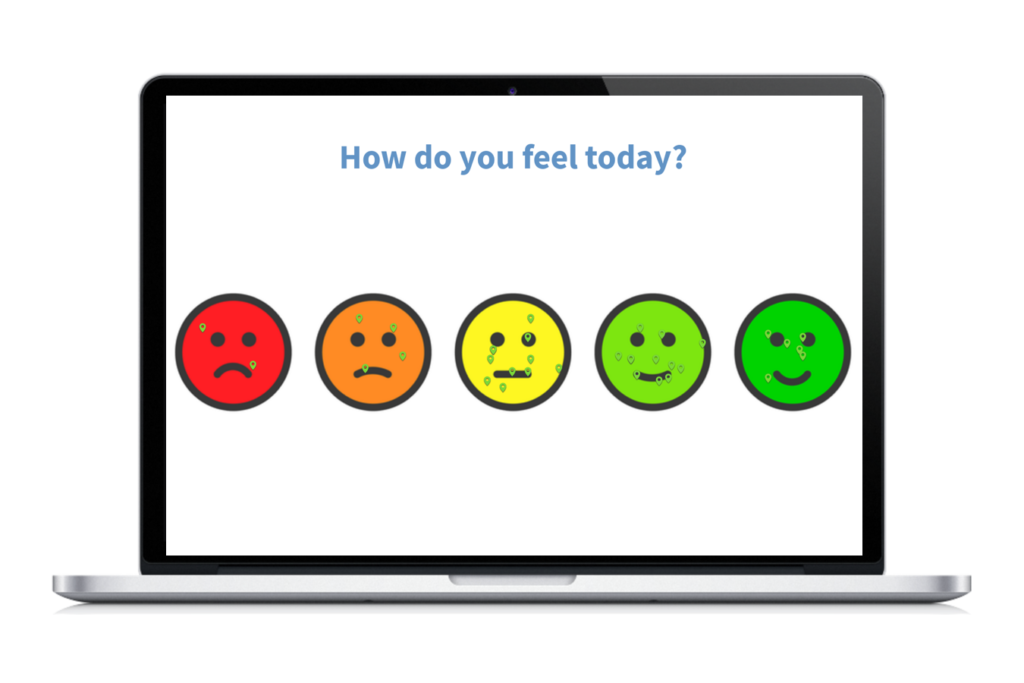5 student engagement strategies for a successful school season

With the new school year right around the corner, so is the quest for greater student engagement. Below is a sampling of methods you can deploy in your own classroom.
This list is by no means exhaustive, but it may help spark your own creativity as we enter a promising new school season.
Flip the classroom

The merits of the flipped classroom are no longer a secret. The body of research on flipped learning has skyrocketed in recent years. That’s led many to implement some form of the flipped classroom (also called flipped learning or inverted learning) as their preferred student engagement strategy.
The flipped classroom is a broad concept. It can be summed up as an instruction method that requires students to absorb material outside of the classroom, so that class time can be spent in productive discussion of the material. Productive discussion, of course, tends to lead to deeper learning.
Michael Faison, an astronomy lecturer at Yale, describes his own experience with the flipped classroom this way:
“Having offloaded the delivery of that content to lecture videos, I can spend class time talking to the students and listening to them talk to each other. I get to know the students better — I learn everyone’s name — and learn more about their interests and their goals for taking the class. I feel like the time is better spent and it’s much more fun for me to interact with students a lot during class.”
Flipped classrooms are also an excellent opportunity to expand your Poll Everywhere repertoire: multiple choice polls can form the backbone of the discussion, but word clouds can be very instructive, too.
One popular method is the before-and-after word cloud. Students describe their stance on a topic in a word cloud before the discussion begins. After the discussion, the activity is repeated and the two word clouds compared to see how the discussion has impacted students.
Flipped classrooms can also be an effective way to deliver more personal attention to classes with dozens (or even hundreds) of students.

Grade in-class discussions
Many instructors are beginning to incorporate class participation as a portion of students’ overall grades. The goal is to promote skills that are becoming increasingly important in the labor market, like critical thinking and listening skills.
There are caveats that come with this approach. For example, educators should ensure that shy students aren’t penalized for their personalities. Used properly, however, grading participation can be an effective student engagement strategy. And most pitfalls can be overcome by clearly communicating your expectations regarding in-class discussion, and how students will be graded.
Emphasize the social brain

Dr. Patricia Kuhl, Co-Director of the University of Washington’s Institute for Learning and Brain Sciences, has done extensive research on the link between the way humans socialize and the way we learn — and how the two are connected.
In a series of interviews with Edutopia, Kuhl elaborates on her findings. “Without the motivation and information provided by the social brain, learning just doesn’t take off in the same way that it does when the social brain is engaged,” she said.
Instructors can incorporate sociality into their classrooms through activities that involve collaboration between students. Gathering students in circles or u-shaped patterns encourages interaction, but subtler techniques can also be used.
Instead of moving on to the next topic after a productive Poll Everywhere activity, for example, you might ask students to engage in a dialogue with the student next to them. Each pair can then report their findings to the rest of the class.
Use the data you collect
Poll Everywhere intern Aubreyanna Murray recently sat down with Bronwyn Ryrie Jones, a lecturer and consultant in Melbourne, Australia, to discuss how Jones uses live polling in her lectures. Jones points to the data collection aspect of live polling, which gives educators insights into student performance. She notes that data collection alone, however, isn’t a successful student engagement strategy.
Instead, Jones calls out live polling as the first step in a more comprehensive approach. By paying attention to the data collected, Jones can adapt her lectures to the needs of her students.
We ask that our pre-service teachers pay particular attention not to “their sense” of how a lesson is going, but rather that they learn to analyze what is happening in front of them. Are students understanding? How do you know? — Bronwyn Ryrie Jones
Safeguard mental health

A disclaimer: mental health is not a student engagement strategy. Mental health disorders are a delicate, complicated, and often life-threatening issue that is nevertheless woven into the fabric of modern education. Instructors, of course, are not trained mental health professionals, and serious issues warrant certified professionals.
That said, instructors often serve as the last line of defense for some students. And sometimes, by making a classroom feel safer and more inclusive, you give students a fighting chance to reap the benefits of the education they’re there for.
According to the National Institute on Mental Illness, 75 percent of mental health conditions start before age 24. The good news is that among young adults, the stigma surrounding mental health is slowly eroding, which opens the door for productive discussion.
That means instructors can play a key role in addressing mental health issues early. Teachers often spend more time with students than their families do, which puts them in a unique position to be aware of the warning signs (such as when grading essays), and to raise a red flag when those warning signs surface.
Educators, of course, have a ton on their plates. But even small gestures can have an impact. Mentalhealth.gov provides a list of warning signs to be aware of, along with some tips to promote mental health in the classroom. A simple “How are you feeling today?” poll before each class can provide the impetus to discuss mental health as a class.
Stay tuned for Part II of this two-part series on student engagement strategies.